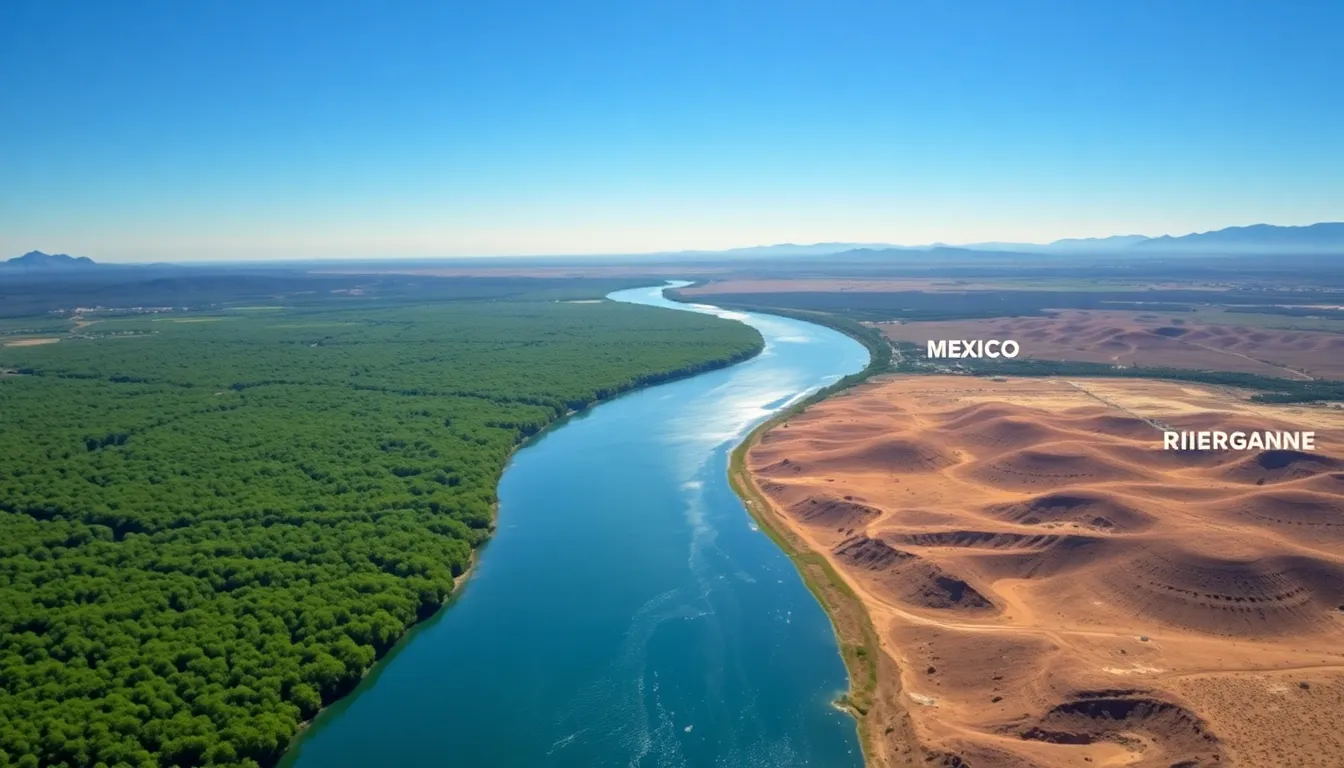Table of Contents
ToggleHave you ever wondered what keeps nations apart or brings them together? Political boundaries play a pivotal role in shaping societies and governance. They can evoke visions of tall fences, patrolling guards, and even historical dramas of power struggles. But here’s the twist: they don’t always represent clear-cut distinctions. Let’s jump into the intriguing realm of political boundaries, exploring their different types, historical evolution, modern-day challenges, and what the future may hold. Buckle up: it’s going to be an enlightening ride.
Types of Political Boundaries

Natural Boundaries
Natural boundaries are defined by geographical features. Think of mighty rivers, expansive mountain ranges, or vast deserts, these elements often serve as natural separators between nations. For instance, the Rio Grande acts as the boundary between the United States and Mexico, creating a visible and tangible division. These features can make negotiations easier since they are more difficult to dispute than imaginary lines drawn on a map.
Artificial Boundaries
Artificial boundaries, on the other hand, are man-made creations that often bend to political whims rather than natural lines. They are drawn based on treaties, historical agreements, or even colonial interests. A perfect example is the division of Africa during the Berlin Conference, where borders were carved like cake slices without regard for indigenous cultures or historical claims. These artificial boundaries can lead to conflict as they may split ethnic groups or merge rival communities, complicating national identity and governance.
Historical Evolution of Political Boundaries
The Role of Treaties and Agreements
Throughout history, treaties and agreements have played a critical role in establishing political boundaries. For instance, the Treaty of Tordesillas in 1494 divided the newly discovered lands between Spain and Portugal. Such treaties often reflect the power dynamics of the time, assigning territories based on who held the upper hand. So, they leave a legacy that can shape relations for centuries.
Impact of Colonialism on Political Boundaries
Colonialism dramatically redesigned political boundaries, frequently disregarding the cultures and nuances of the populations living within them. As European powers expanded, boundaries were redrawn to promote resource extraction or strategic advantages. In many cases, these arbitrary borders ignored ethnic groups and tribal lands, laying the groundwork for lasting conflict. Consider the divisions in Iraq or the ongoing strife in the Sudan, residual effects of colonial boundary-making continue to affect these nations today.
Modern Challenges to Political Boundaries
Border Conflicts and Disputes
In the 21st century, political boundaries remain contentious. Border conflicts flare up at times, stemming from historic grievances, territorial claims, or resource scarcity. The situation in Kashmir, contested by India and Pakistan, exemplifies how political boundaries can lead to prolonged strife. Tensions can escalate quickly, leading nations to the brink of war or instigating diplomatic standoffs.
Cross-Border Cooperation
Conversely, some regions witness cross-border cooperation, where nations work together even though overlapping interests. The European Union serves as an exemplary model, where member states have minimized traditional border controls, fostering economic growth and political stability. By removing barriers, these countries pave the way for collaborative projects addressing shared issues like climate change, trade, and security.
The Future of Political Boundaries
Globalization and Political Boundaries
As globalization continues to reshape interactions on a global scale, political boundaries might become increasingly fluid. Economies are interconnected, and cultural exchanges occur seamlessly across borders. Nations might find it necessary to redefine boundaries to reflect modern realities, enabling them to navigate complex global issues effectively.
Technological Advances and Boundary Management
Technology is also changing how political boundaries are managed. With surveillance drones and satellite technology, nations can monitor borders more efficiently than ever. Innovations in border management may help prevent illegal crossings and smuggling while facilitating easier trade and travel. Artificial intelligence and big data may provide insights that improve security while promoting cooperation.



